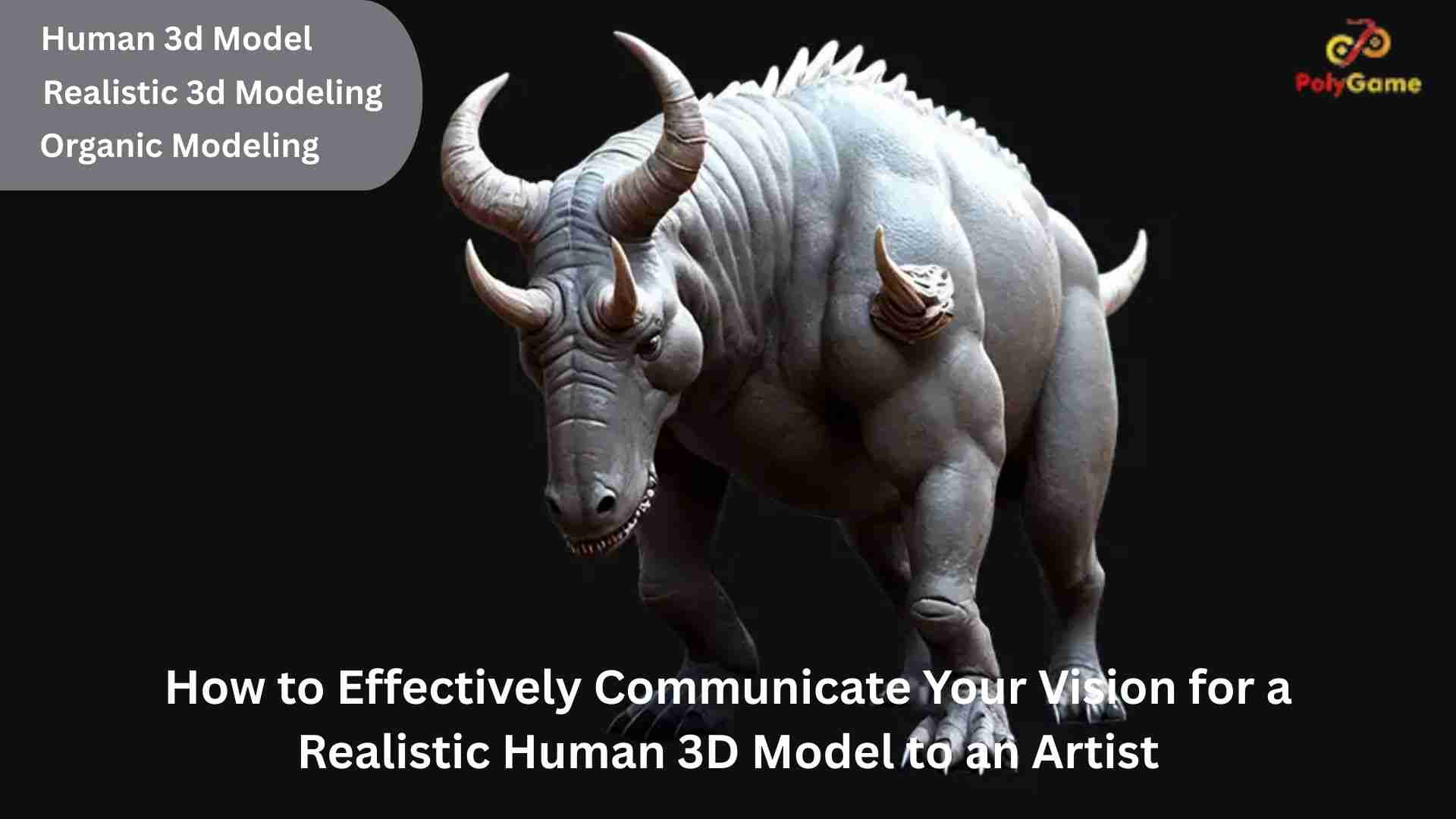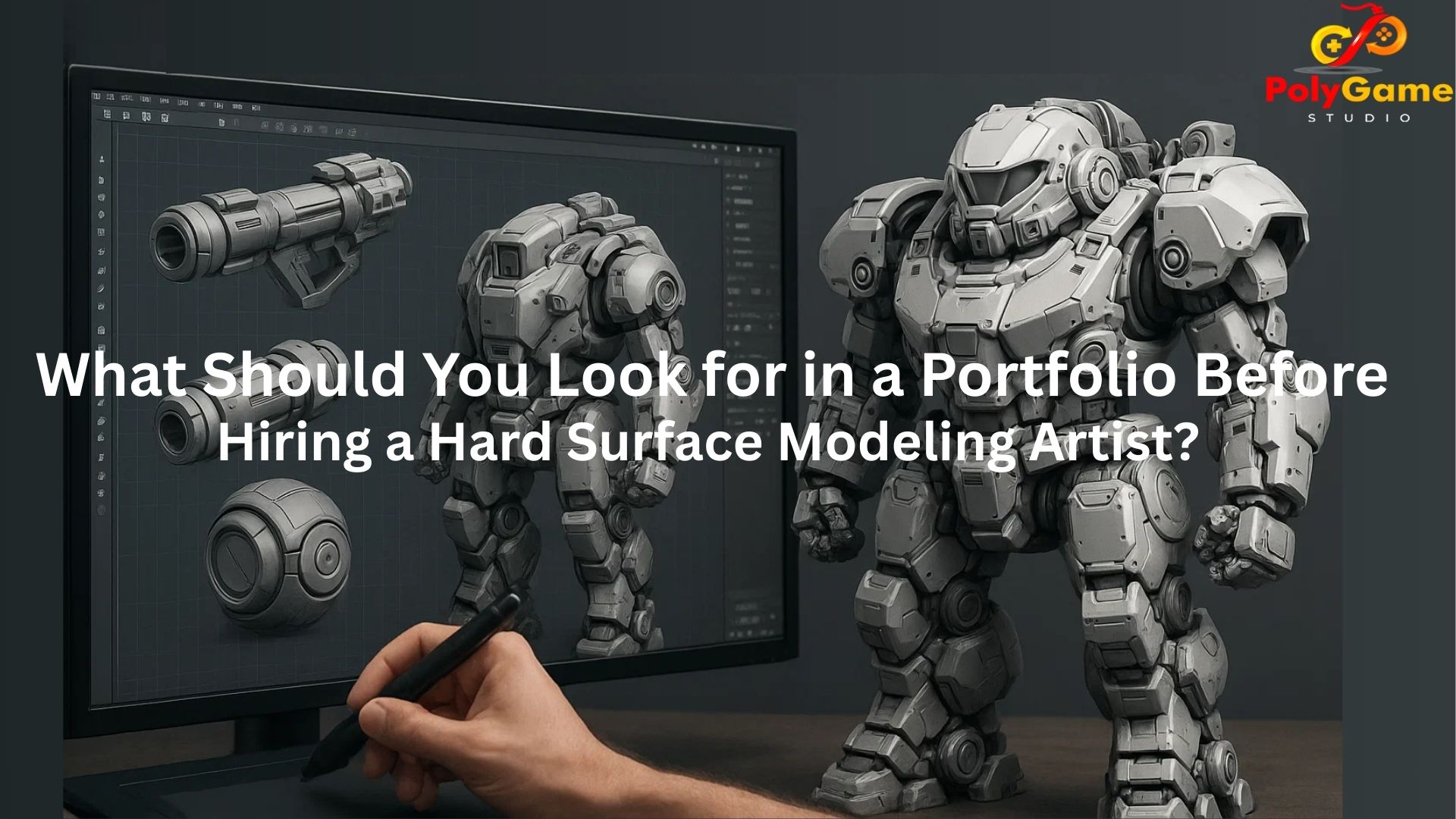Will Players Notice? How Much Does Photorealistic Detail Truly Impact Immersion in 3D Models for Games?
In the relentless pursuit of visual fidelity, game developers constantly push the boundaries of Photorealistic 3D Modeling. From the intricate pores on a character’s skin to the subtle glint in their eyes, the aspiration to create a Photorealistic Human 3D Model is often seen as the holy grail of immersion. But in the vibrant, interactive world of video games, how much does raw photorealistic detail truly contribute to a player’s sense of being in the game, rather than just observing it? The answer is more complex than a simple “more detail equals more immersion.” While undeniably powerful, photorealism is just one ingredient in a much larger recipe for truly captivating experiences.
The Immersion Equation: Beyond Visuals
Immersion in games is a multi-layered phenomenon. It’s the feeling of being present in a virtual world, of forgetting the real world for a while, and of genuinely caring about the events unfolding on screen. While stunning visuals, especially a meticulously crafted Photorealistic Human 3D Model, can certainly facilitate immersion, they don’t guarantee it. Other crucial elements include:
- Compelling Story and Narrative: A strong plot, relatable characters, and meaningful choices draw players in on an emotional level.
- Engaging Gameplay Mechanics: Intuitive controls, satisfying loops, and meaningful challenges keep players actively involved.
- Atmospheric Sound Design: Music, ambient sounds, and voice acting can profoundly shape mood and spatial awareness.
- Consistent Art Style: Whether realistic or stylized, a cohesive visual language reinforces the world’s integrity.
- Performance and Responsiveness: Lag, stutter, or clunky controls shatter immersion faster than any visual imperfection.
The Power of the Photorealistic Human 3D Model:
When executed flawlessly, Photorealistic 3D Modeling for a Photorealistic Human 3D Model can be a powerful tool for immersion:
- Enhanced Believability: Characters that look incredibly real can make emotional moments more impactful and violent scenes more visceral. This is particularly true for a main Photorealistic Human 3D Model protagonist or antagonist.
- Reduced Cognitive Load: When visuals are highly realistic, the player’s brain spends less effort “filling in the gaps” or interpreting abstract forms. This can free up mental resources for focusing on gameplay, narrative, and exploration.
- Increased Grounding in Reality: For games set in real-world scenarios or those aiming for a gritty, true-to-life feel, Photorealistic 3D Modeling helps suspend disbelief, making the virtual experience feel more authentic.
- Impact of Subtle Details: The smallest imperfections – a slightly crooked tooth, a faint scar, or the way light catches an individual strand of hair – can add immense depth and personality, making a Photorealistic Human 3D Model feel truly alive.
However, the pursuit of photorealism comes with significant caveats.
The Pitfalls and Limitations of Hyper-Realism in 3D Models for Games:
- The Uncanny Valley: This infamous phenomenon occurs when a Photorealistic Human 3D Model approaches, but doesn’t quite achieve, perfect realism. Slight discrepancies in facial animations, eye movements, or skin texture can make characters appear unsettling, creepy, or “off,” actively breaking immersion.
- Resource Intensity: Creating and rendering truly Photorealistic 3D Modeling assets, especially complex 3D Models for Games like characters and environments, demands immense computational power. High polygon counts, detailed textures, and complex shaders can strain even top-tier hardware, leading to lower frame rates, longer loading times, or concessions in other areas of the game.
- Development Costs and Time: The artistic and technical expertise required for Photorealistic 3D Modeling is substantial. It involves highly specialized artists, advanced software, and lengthy production pipelines (e.g., photogrammetry, intricate sculpting, manual retopology, complex rigging). This translates to higher development costs and extended production cycles.
- Diminishing Returns: Beyond a certain point, the incremental visual fidelity gained from pushing photorealism further offers diminishing returns for immersion. Players might not notice every single pore or fiber if the overall animation is stiff or the gameplay is dull.
- Artistic Style Overrides: For games with a strong, intentional stylized aesthetic, injecting hyper-realistic 3D Models for Games would create a jarring visual inconsistency, shattering immersion far more effectively than any lack of realism in a consistent art style. Imagine a highly Photorealistic Human 3D Model in a cel-shaded world – it simply wouldn’t work.
Finding the Balance: The PolyGame Studio Approach to 3D Models for Games
At PolyGame Studio, we understand that true immersion in 3D Models for Games is a delicate balance. While we excel in Photorealistic 3D Modeling, our approach is always guided by the project’s specific needs and artistic vision. We believe that “convincing” is often more important than “perfectly realistic.”
Whether your game demands a breathtaking Photorealistic Human 3D Model that blurs the lines of reality, or a distinctively stylized character that exudes personality, our expert team has the skills and experience to deliver. We meticulously craft 3D Models for Games that are not only visually stunning but also technically optimized for performance and seamlessly integrated into your game engine. Our expertise in Photorealistic 3D Modeling allows us to achieve incredibly detailed assets when the project calls for it, focusing on the key areas that truly impact perceived realism.
We work closely with our clients to determine the optimal level of detail and realism needed, considering target platforms, gameplay mechanics, and desired art style.
Conclusion: Immersion is Holistic
Ultimately, while Photorealistic 3D Modeling can be a powerful amplifier for immersion in 3D Models for Games, it is rarely the sole driver. A truly immersive experience is a synergistic blend of compelling visuals, engaging gameplay, robust performance, and a cohesive artistic vision. The impact of a Photorealistic Human 3D Model is significant when it contributes to a believable character and world, but it can be detrimental if it sacrifices performance or clashes with the overall art direction.
Developers must carefully weigh the artistic benefits and technical challenges of achieving peak photorealism against the broader requirements for a truly captivating game. The most convincing 3D Models for Games are those that serve the game’s vision, engage the player on multiple levels, and allow them to fully lose themselves in the virtual world, regardless of whether every pore is perfectly rendered.








